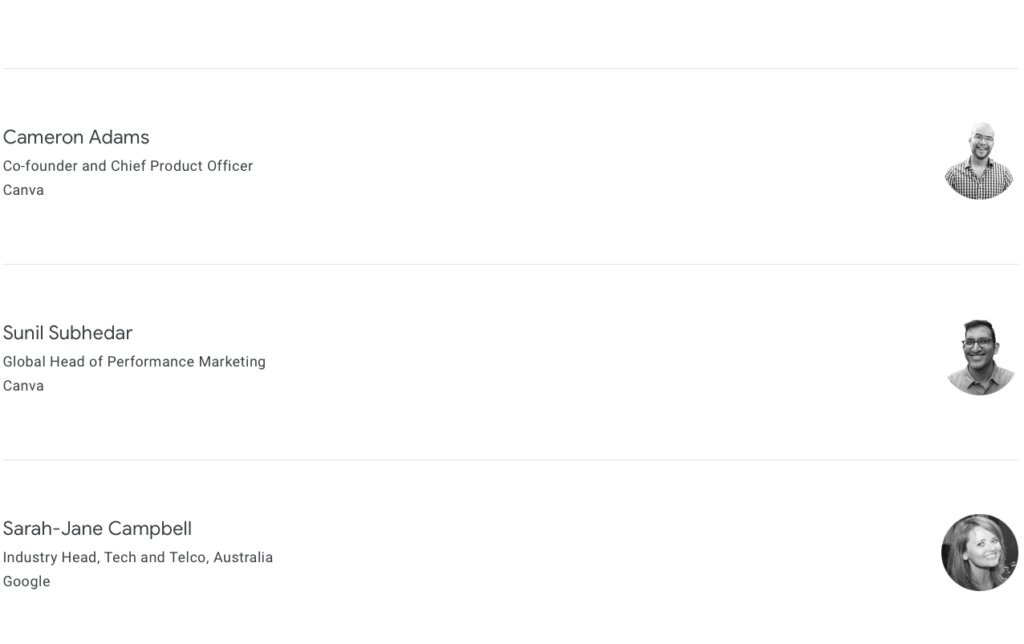“Empower the world to design” is the mission that inspired entrepreneurs Melanie Perkins, Cliff Obrecht, and Cameron Adams to launch Canva in 2013. Less than four years later, the trio had published the easy-to-use online platform in its 100th language. And today, Canva is one of the most successful startups in Australia, helping over 55 million monthly active users across more than 190 countries bring their design dreams to life.
At Google Marketing Livestream 2021, Adams shared how his teams are using digital to bring powerful visual communication tools to people around the world. Check out highlights from his talk below — then learn more about the unicorn’s journey to success in a Q&A with Sunil Subhedar, global head of performance marketing at Canva, and Sarah-Jane Campbell, Google’s industry head of tech and telco in Australia.
Adams spoke about Canva’s growth and the future of digital at Google Marketing Livestream 2021.
Here, Google’s Campbell speaks with Canva’s Subhedar about interacting with users around the world and across screens.
Campbell: How does Canva connect with new users while engaging with existing ones?
Subhedar: We tailor our approach to evolving priorities. For some campaigns, our main goal is boosting awareness and reaching more people, while others focus on driving performance and revenue. Once we land on our top objectives, we use a range of digital tools — from Display & Video 360 to Google Ads — that are best suited for specific platforms, markets, and audiences around the world.
Campbell: As people spend more time on their phones, how is Canva rethinking how it engages audiences on mobile?
Subhedar: From day one, our goal has been making design accessible to everyone. We prioritized localizing our product very early on, and we now offer more than 100 languages — including five right-to-left scripts such as Hebrew and Arabic.
Mobile is our fastest growing platform, so we’re working fervently to create fast and intuitive on-the-go experiences. One of our big efforts is unifying the back-end stack to make designing on Canva quick, seamless, and easy on all devices. We’re also using Google App Campaigns to connect with creative people who need simple design tools for a variety of projects, whether they’re creating business cards or making mugs.
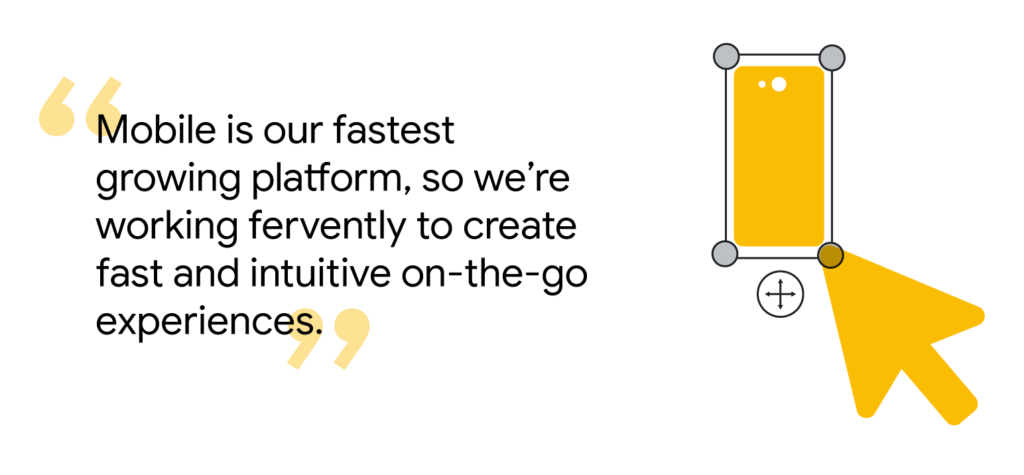
Campbell: Why are organic and paid Search campaigns integral to Canva’s global growth?
Subhedar: Search engine optimization (SEO) helps us connect millions of global users with different interests and languages to the right templates. By complementing our SEO strategy with paid campaigns, we can show up for even more people’s design needs.
Subhedar: We’re always thinking about how to deliver effortless experiences in all of our markets. That’s why we’re continually improving and localizing our landing pages. When we were promoting our logo maker, for instance, we created ads in multiple languages, including French, Spanish, and Japanese. Each of these ads led people to a landing page in their own language, making design even easier.
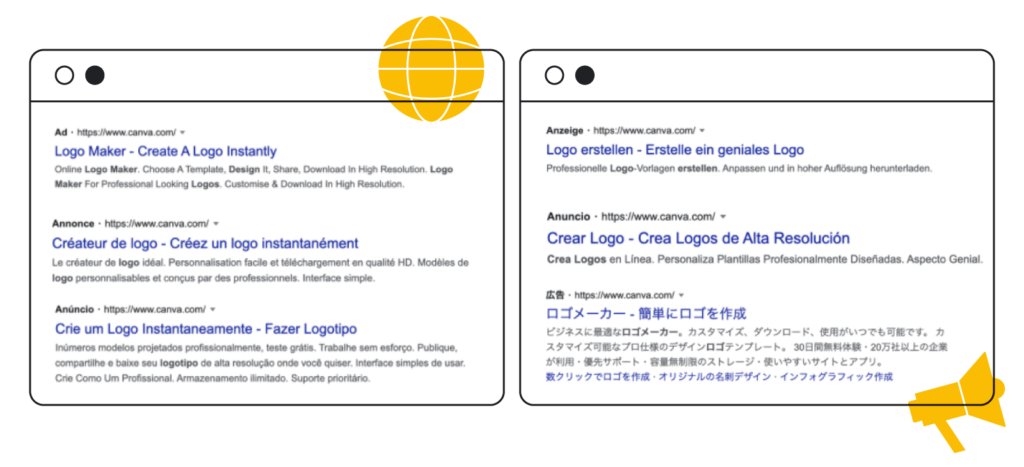
Campbell: How does Canva analyze its Search performance to plan for future growth?
Subhedar: We look at historical data to forecast investments; monitor trends to adjust bids; and gauge opportunities to test across audiences, keywords, and ad formats. This helps us do three things: plan, optimize, and expand.
Campbell: What have been some of the brand’s biggest challenges, and how were they addressed?
Subhedar: We’re currently growing 1.3X year over year, so we’re trying to nail how we scale globally while supporting the increasing number of markets and Canva document types. Customizing messages and product experiences for a variety of users and cultures is another challenge for us.
Plus, with increasing gaps of data across mobile and web, we’re constantly iterating on the best way to measure performance and allocate our budget. So, we’re investing more in automation, personalization, and measurement in-house while getting advice from partners such as Google.
Campbell: How does Canva’s test-and-learn culture help the brand stay true to one of its core values — “Set crazy big goals and make them happen”?
Subhedar: Every campaign has a built-in learning agenda. We empower our teams to test their own plans by using about 80% of their resources on improving existing efforts and 20% on taking calculated risks. This allows us to balance tuning existing performance with exploring big bets that can change the inflection of our growth.
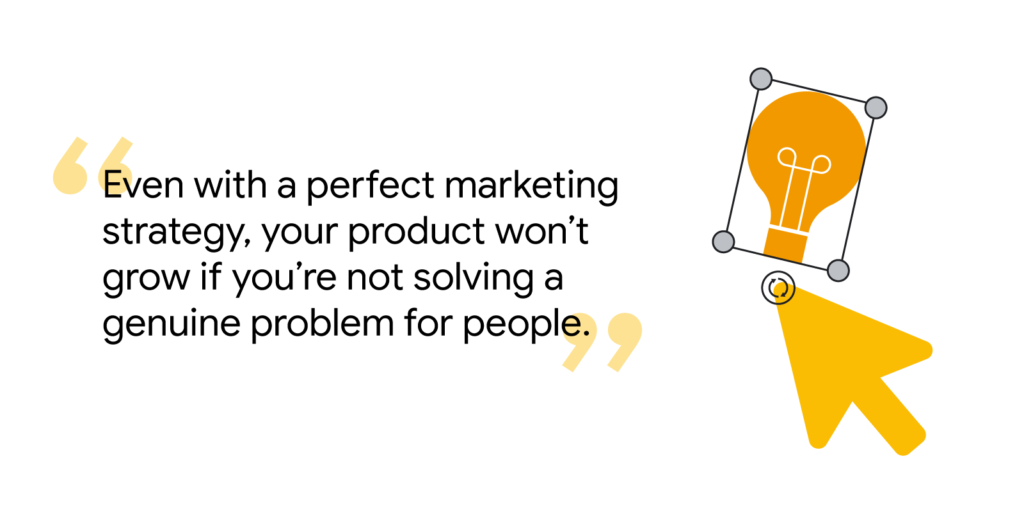
Campbell: How has Canva experimented across markets, and how have these tests set the stage for international growth?
Subhedar: Market readiness is what’s most critical when it comes to international expansion. We go through a comprehensive localization checklist for our products, local content, payment accessibility, and customer support readiness before making significant investments.
To kick-start growth in new markets, we start with tried-and-true tactics. Then, we build on what we learned from established markets by incorporating local insights and channels. Sometimes we switch things up by testing these newer strategies in our existing markets, too.
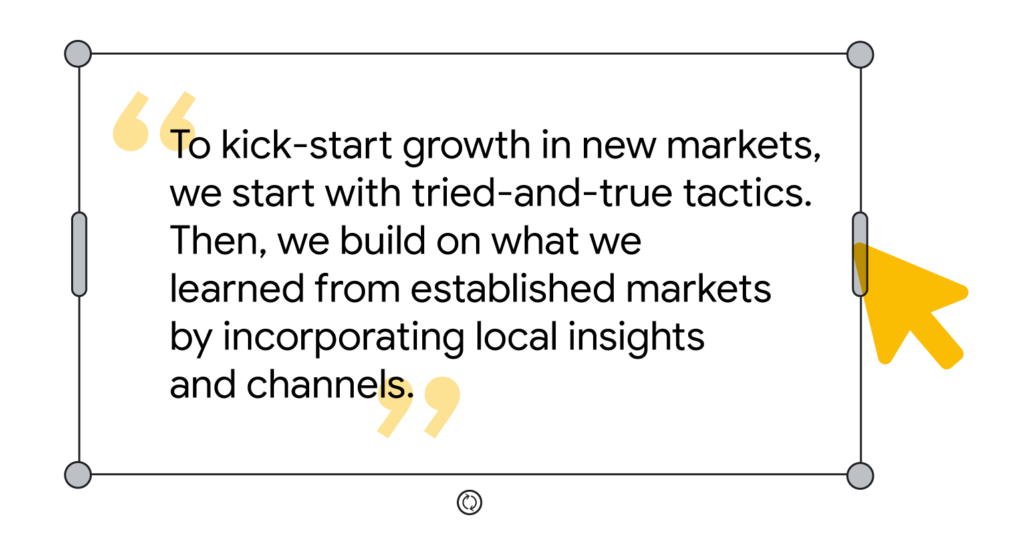
Campbell: What lessons have you learned throughout Canva’s journey to becoming a successful unicorn?
Subhedar: All 1,700 of us at Canva are united by an ambitious mission to empower the world to design. This goal, combined with our strong culture of collaboration and focus on solving real problems, has played a huge role in our growth across markets and verticals. And Google has been a tremendous partner to our small but mighty marketing team by helping us make the right bets for our hypergrowth, which includes reaching $500 million in annualized revenue and rapidly growing our global community.
Throughout our journey so far, we’ve learned that even with a perfect marketing strategy, your product won’t grow if you’re not solving a genuine problem for people. We’re always expanding our platform to help users design everything from simple infographics to in-depth presentations in just a few clicks — all without expensive, complex software.

Subhedar: As far as we’ve come, we like to say we’ve accomplished just 1% of what’s possible. We’re excited to continue making design even more accessible while staying true to the values that got us here — empower others, be a force for good, and make complex things simple.
Explore more from Google Marketing Livestream 2021, including on-demand virtual keynotes from industry leaders.
